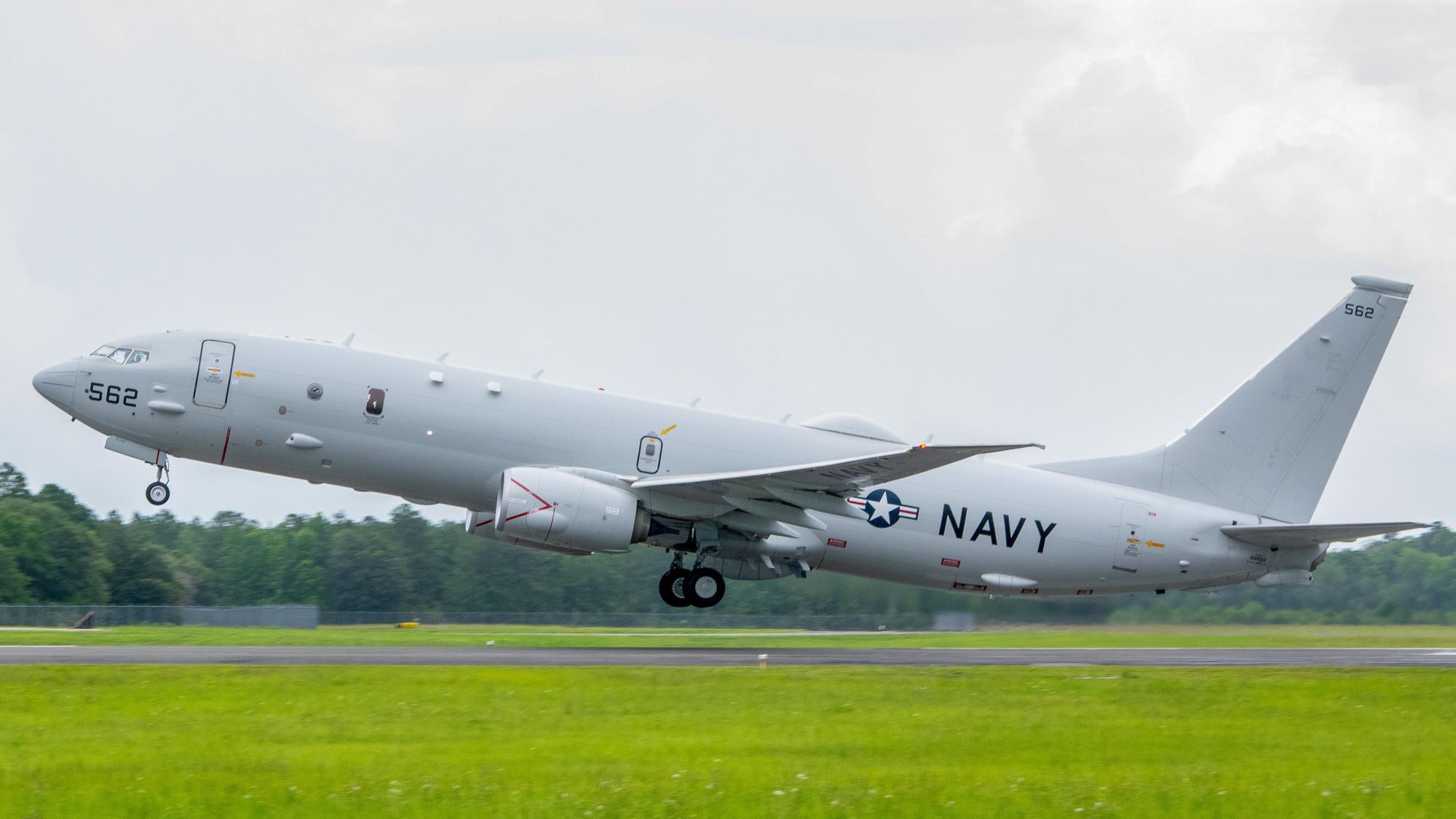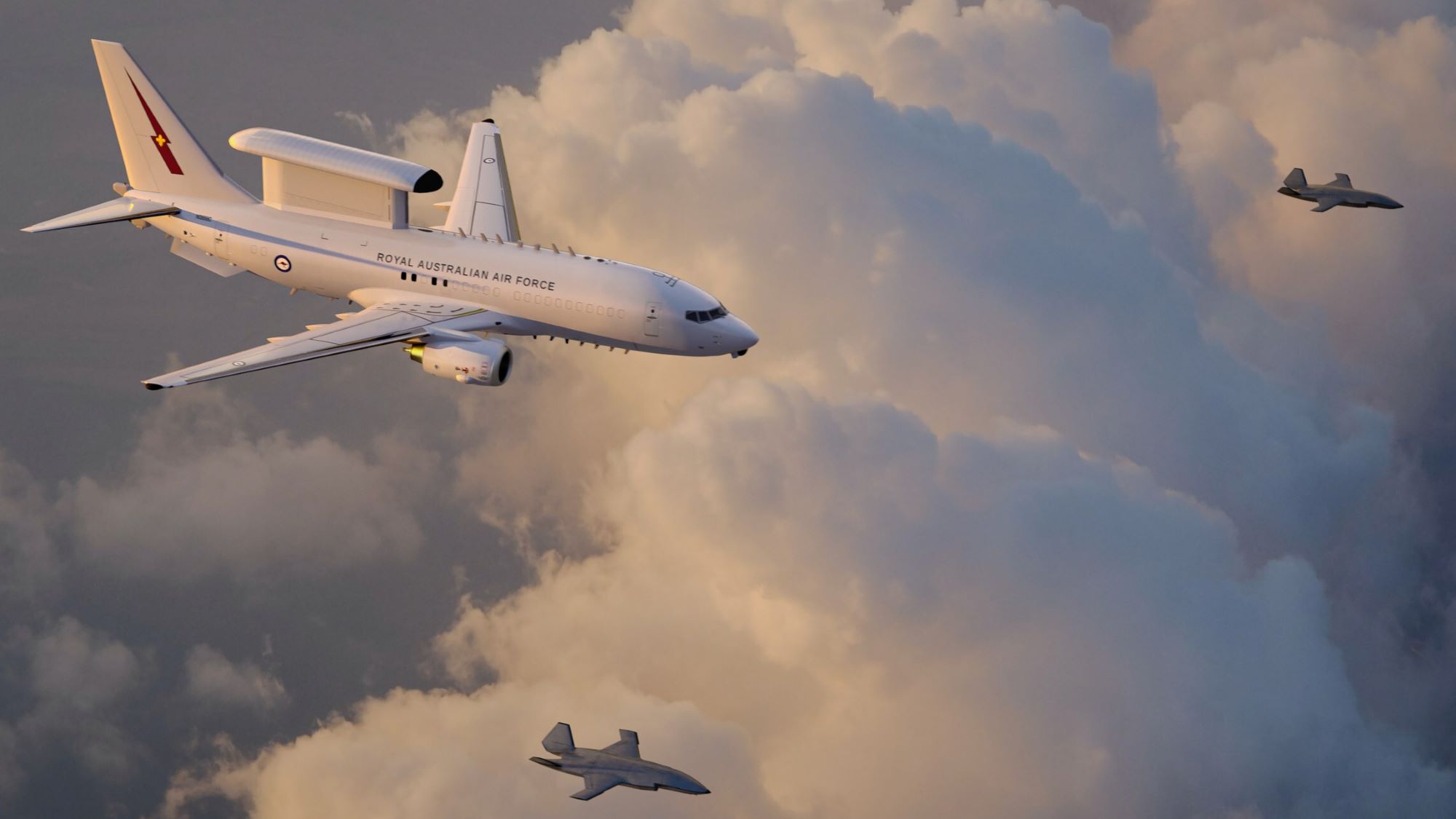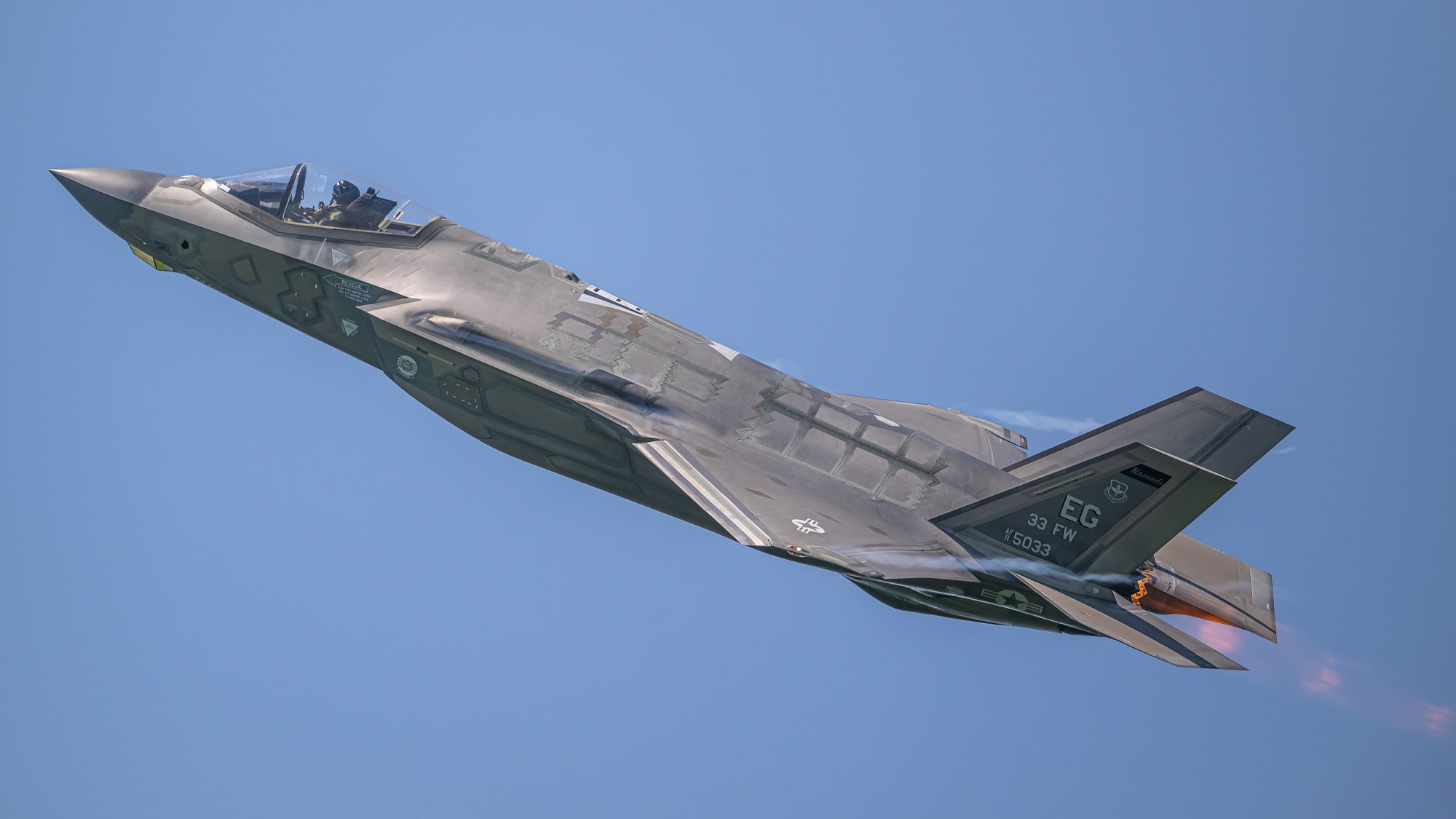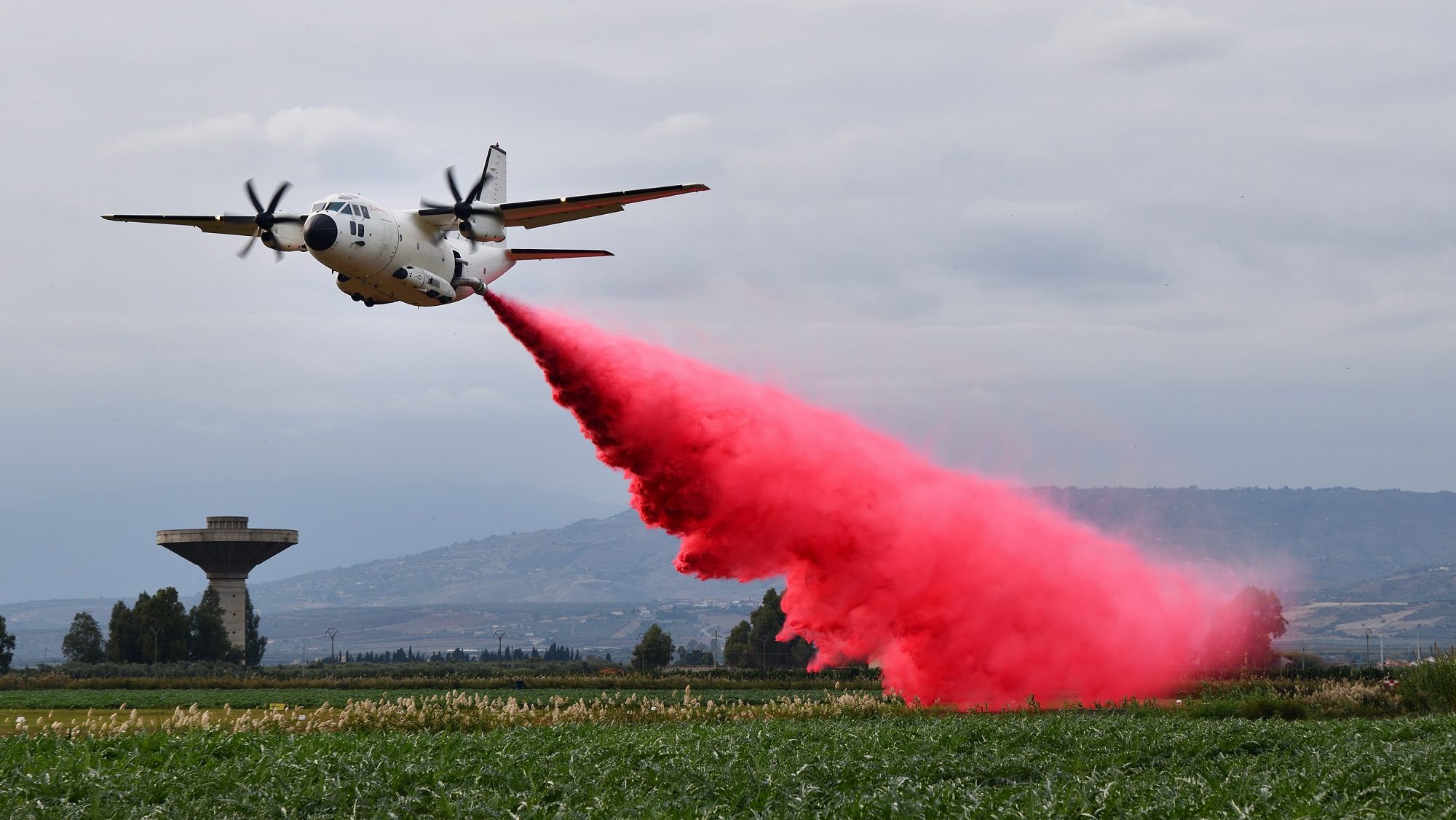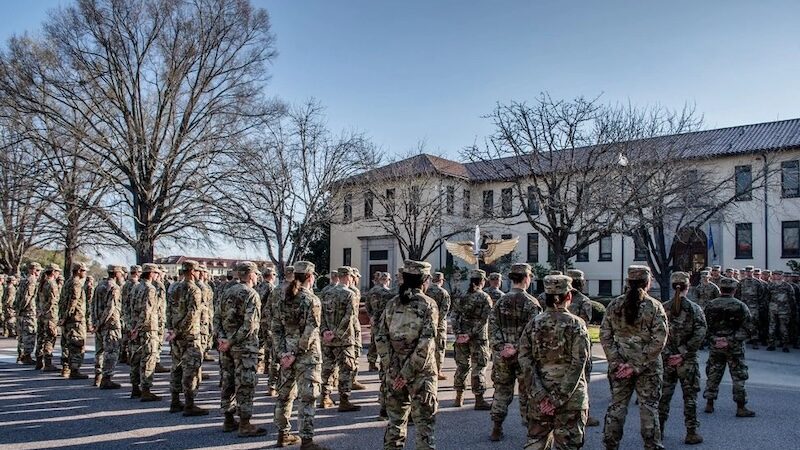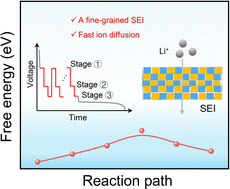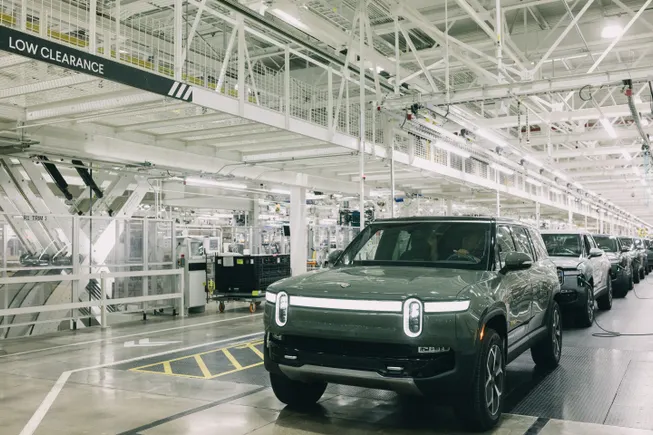General Atomics eyes European market, coproduction for CCA
Dave Alexander, president of General Atomics Aeronautical Systems, said the pace of engaging potential international partners in the Collaborative Combat Aircraft program has been “unprecedented.”


General Atomics Aeronautical Systems, Inc’s CCA on display at AFA 2024 (Valerie Insinna/Breaking Defense)
PARIS AIR SHOW — International militaries looking to buy the General Atomics YFQ-42 autonomous combat drone won’t have to wait years, as the company is already meeting with potential customers about coproduction and sales, the head of the company’s aeronautics division told Breaking Defense.
The two collaborative combat aircraft under development for the US Air Force, which include the YFQ-42 and Anduril’s YFQ-44, have yet to take their first flight. However, in a big departure from the typical timelines associated with marketing combat drones internationally, the Air Force is allowing the two companies vying to produce the service’s autonomous drone wingman to take sales meetings with certain allied nations in Europe and the Indo-Pacific region, Dave Alexander told Breaking Defense on Wednesday.
And like its rival Anduril, which announced a partnership with Germany’s Rheinmetall to coproduce the YFQ-44 for Europe on Wednesday, General Atomics is in discussions with key industrial players in Europe about coproduction for the YFQ-42.
“There’s some export processes we have to go through. We’ll get done in weeks, and then from there, we’ll start some true international business development,” Alexander said on the sidelines of the Paris Air Show. “There’s going to be — probably in this region — one lead partner, and then maybe even pooled customers, meaning the coproduction line could then feed multiple customers.”
“What’s really unprecedented is, typically, the Air Force will get a program like CCA going, they’ll operate it in five to six years. They will almost have the program going for eight [to] 10 years before they even offer up international partners,” he added. “And here, right in the beginning, they’ve come in strong and said, ‘Let’s do this together. Let’s get it going.’ Forty five years I’ve been doing this, I’ve never seen anything like it.”
General Atomics spokesman C. Mark Brinkley added that there had been “multiple conversations” with potential international buyers during the first three days of the airshow.
In some cases, countries are looking to buy a carbon copy of the CCA the Air Force is getting, Alexander said. Other nations want to take a slightly different approach, using the same air vehicle but changing out weapons, sensors and other mission systems to support an air-to-ground mission rather than the air-to-air mission of the US version.
General Atomics is first and foremost looking for industrial partners in Europe that have “the proper experience and know-how to be a lead system integrator,” he said. “If you’re going to remissionize the aircraft, we would want that partner to be able to pull together local content. So local sensors, maybe local weapons, for the air to ground mission, and then pull that together into a qualification program.”
Alexander declined to comment whether General Atomics is talking with potential European customers about how its CCA could be integrated with the two major sixth-generation fighter programs under development by European consortiums: the Global Combat Air Programme (GCAP) led by the United Kingdom, Japan and Italy and the Future Combat Air System (FCAS) from France, Germany and Spain. Both GCAP and FCAS are being designed to operate alongside and control a suite of combat drones.











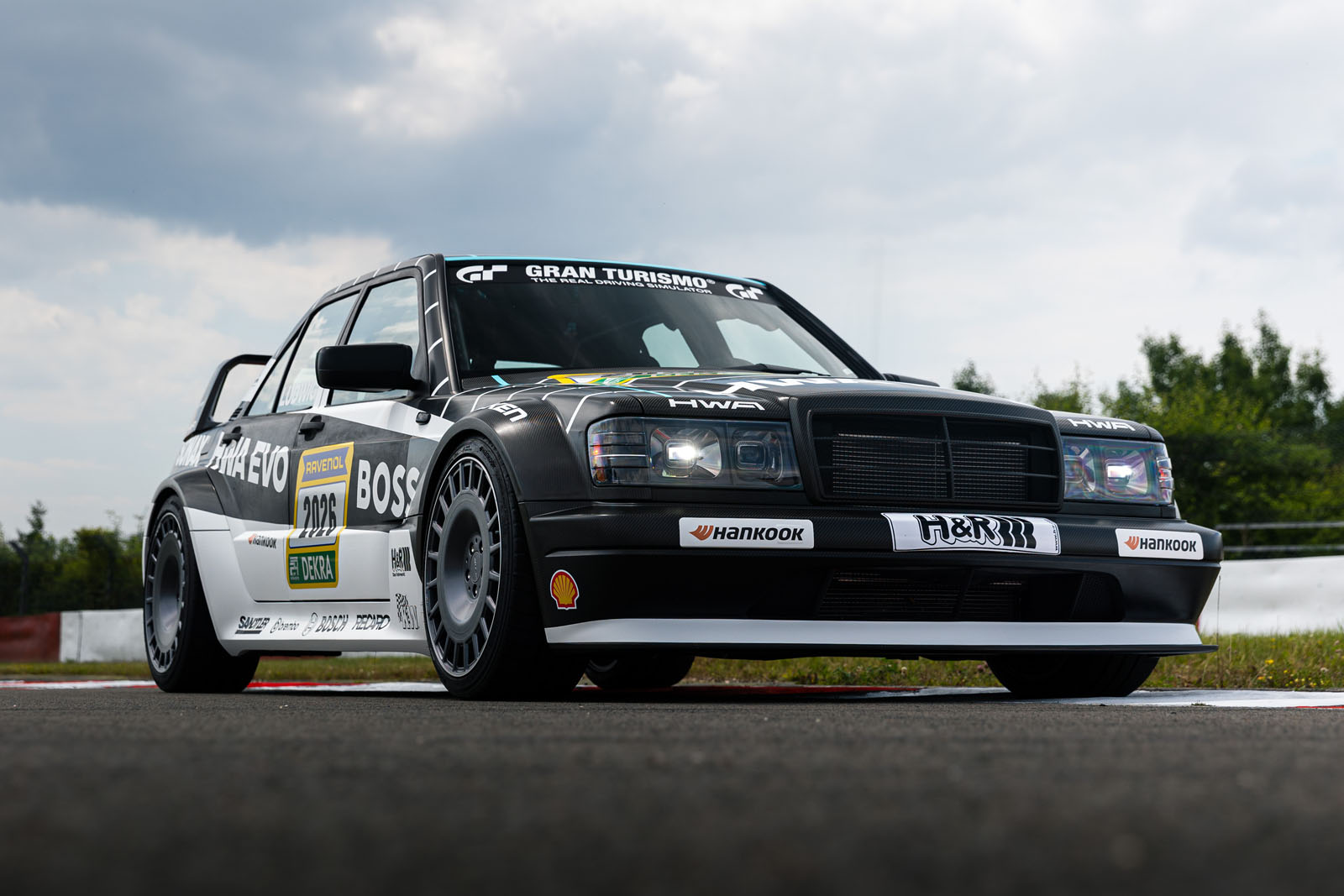


















































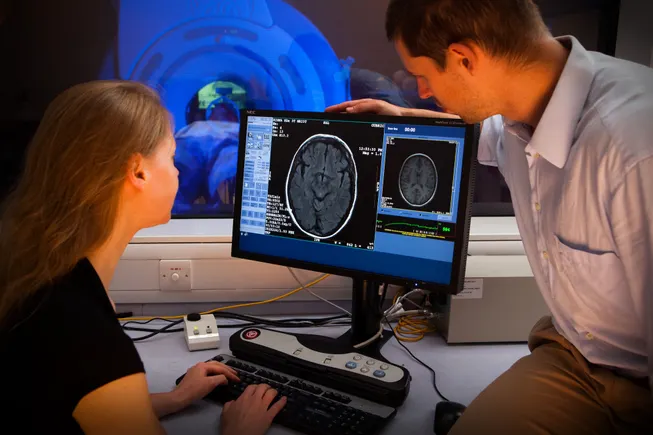


















![The sights of Paris Air Show, one last time: Day 4 [Photos]](https://breakingdefense.com/wp-content/uploads/sites/3/2025/06/20250617-helenedelacoste-Paris-Air-Show-037-scaled-e1750357690820.jpg?#)


